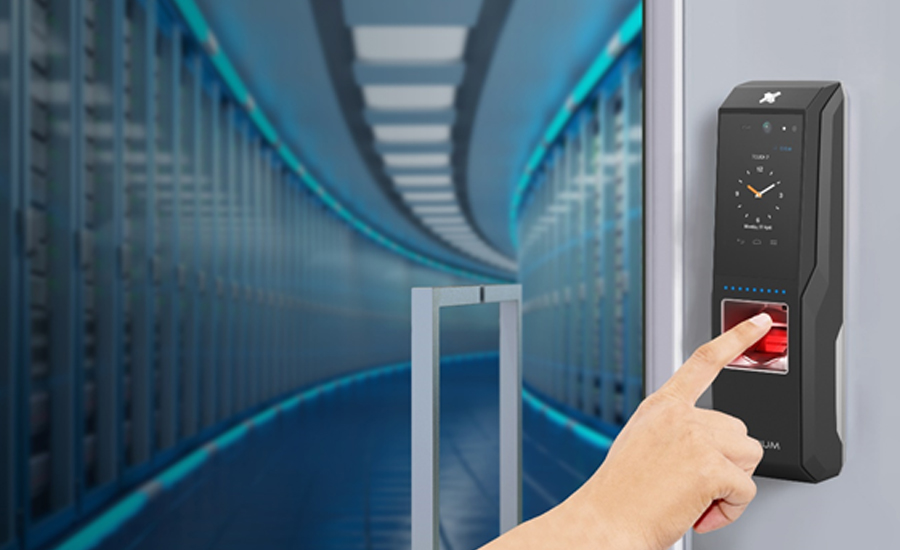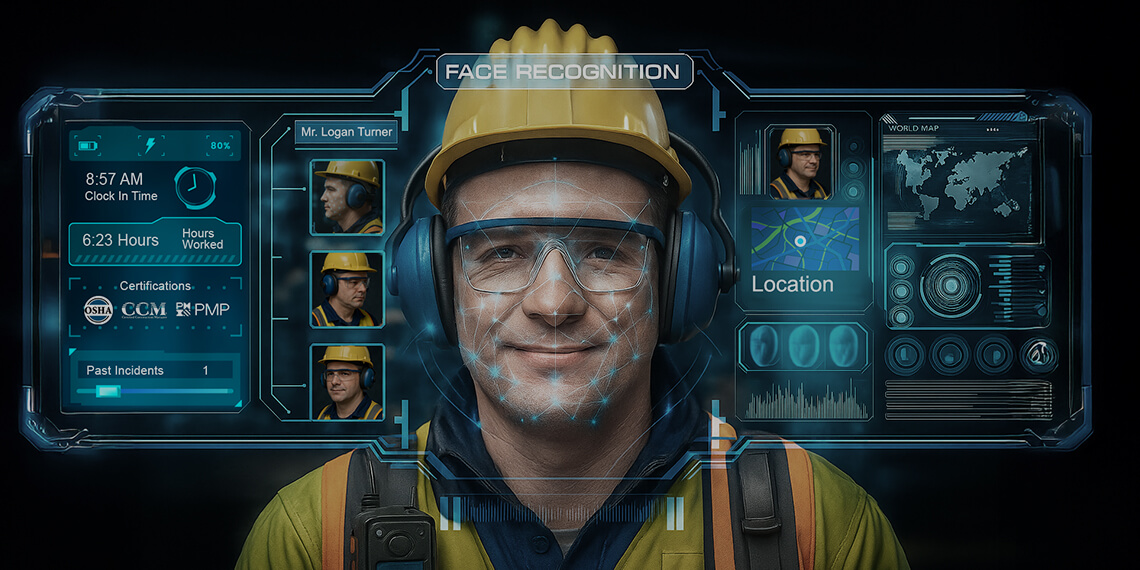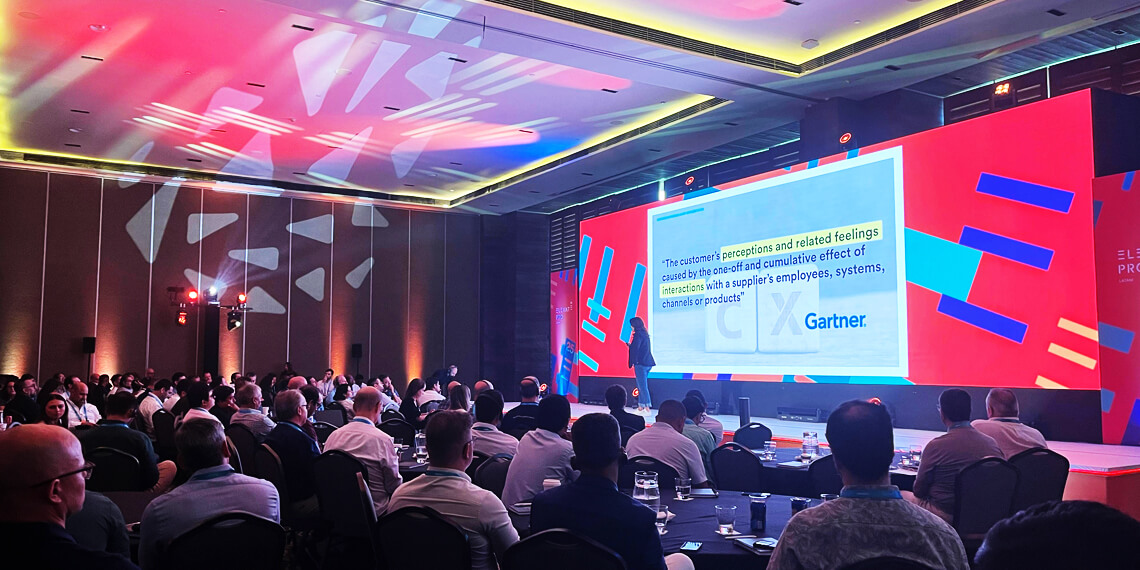Security infrastructure continues to rapidly evolve driven by faster chip processing speeds, more IoT, AI-driven devices, the increased deployment of intelligence at the edge and end-users’ thirst for big data. Today’s complex systems are predominantly networked on a cybersecure framework, providing vast amounts of data for both security and a myriad of business intelligence applications.
It’s a brave new world out there. And while the concepts of edge computing, AI and IoT may first appear daunting, their actual implementation is simple and already in full swing.
What is Driving Edge Computing?
Since early 2000, businesses have shifted to Cloud computing to help reduce IT expenses and make the data more centralized and hence easily accessible to those who need it. While the Cloud helps reduce operational and capital expenditure, the downside is the reduced processing efficiency due to bandwidth limitations and network latency; not to mention that some regulatory and compliance policies may specify that not all data can be sent to the Cloud.
As the IoT universe expands, Cloud computing will become a bottleneck in achieving the processing and analysis needed to decipher the mountains of data being generated by the multiplicity of devices and other digital platforms connected to various enterprise networks.
For example, the migration of video analytics to free-standing video surveillance cameras and authentication analytics embedded in integrated biometric devices is a prime benefit of edge computing which allows these connected security devices to process data closer to where that data is being collected. In many instances, this is a better option than sending that data to a centralized cloud environment.
To better appreciate this frenzy for edge computing migration, one need only observe the growing number of connected devices. Gartner predicts that there will be 20.4 billion IoT devices connected to the internet by the end of this year – 2020. Other predictions are even more astounding. Business Insider forecasts that there will be over 64 billion IoT devices by 2025. David Evans, a former researcher at Cisco, has calculated that every second, another 127 devices are connected to the internet. He contends that this proliferation of technology will change forever the way we view the word ‘internet’.
“The Internet of Things is quickly turning inanimate objects into intelligent devices, and it’s happening now. In the next decade, 50 billion things will be connected to the internet. Consider something as trivial as the front door of your home. Now consider how it transforms via a low-cost sensor and an internet connection. The door now grabs a snapshot of your face, sends it to the cloud for processing, and via facial recognition determines whether to let you in. A simple object just became a very powerful entity, controlling access to your home, thanks to a connection,” Evans explains.
In this brave new world of IoT devices, edge computing will work well in industries where network constraints exist such as mines, offshore oil rigs and remote construction sites. CB Insights’ Market Sizing tool states the global edge computing market is estimated to reach $6.72 billion by 2022, while MarketsandMarkets research firm projects edge computing markets to grow to more than $9 billion by 2024, at a Compound Annual Growth Rate (CAGR) of 26.5% during the forecast period. The MarketsandMarkets report says “edge computing supplements the existing cloud paradigm by facilitating data processing closer to the data source, thereby enabling organizations to speed up decision-making. In addition, edge computing also eliminates the disadvantages of cloud computing, such as DDoS attacks and cloud outages.”

Biometrics on the Edge
In recent years, there has been a steady migration away from traditional access control readers to edge devices that are self-sustained and provide crucial data analytics. Previously, most biometric access readers had no processing or decision-making power themselves. If the match was okay, the access and/or biometrics platform and software would send back an “okay” via an access controller to the locking device and allow access. Today, the most advanced biometric solutions can enroll, capture, compare, match and process data all on their own. This data can be used for a wealth of applications beyond traditional access control with extremely accurate data reporting for real-time and forensic analysis.
Invixium’s flagship biometric solution, IXM TITAN, is a multipurpose, Industrial IoT enabled device that features up to four-factors of authentication including facial recognition, fingerprint biometric, card and PIN verification, and extreme intelligence at the edge by employing a powerful embedded 2.2 GHz processor. TITAN’s processing power allows for facial recognition of 15 to 18 faces per minute with on device storage for up to 100,000 faces and 1 million plus Transaction Logs.
TITAN is already being used in multiple locations around the globe for demanding access and workforce management applications with unprecedented success. We welcome you to check out this incredible new benchmark in performance, versatility and intelligence that combines all the best in edge computing, AI, the IoT to deliver biometrics at the edge with unprecedented performance. Just click here for more information.
Contact us:
sales@invixium.com
For more information, visit:
invixium.com







